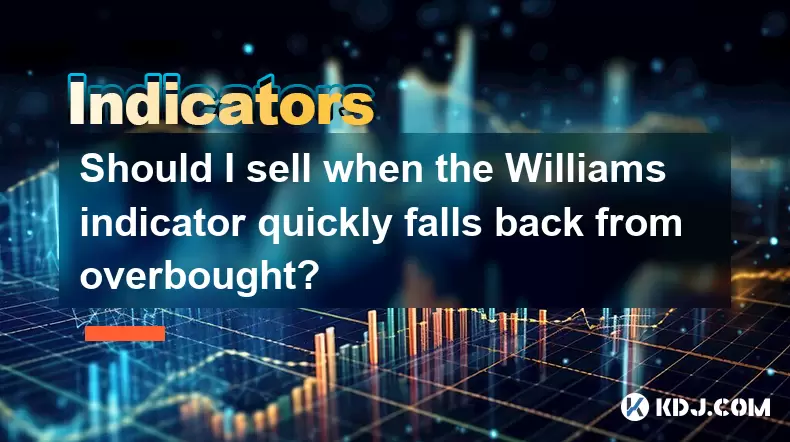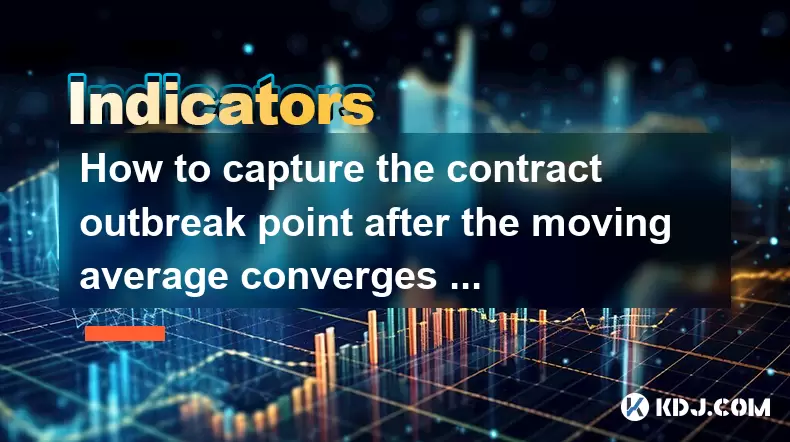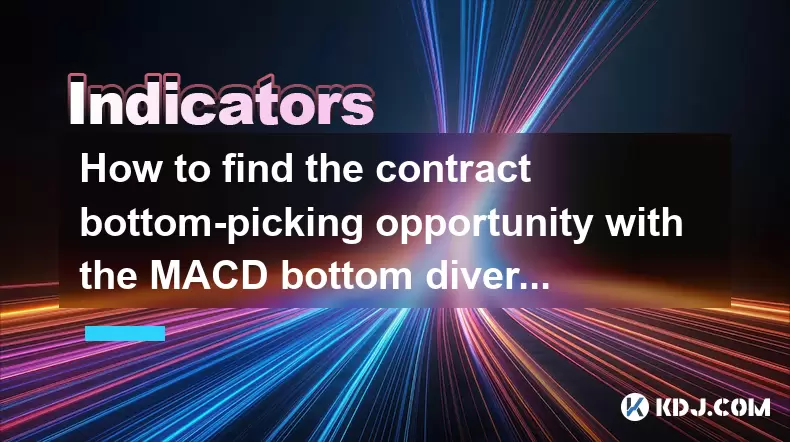-
 Bitcoin
Bitcoin $106,754.6083
1.33% -
 Ethereum
Ethereum $2,625.8249
3.80% -
 Tether USDt
Tether USDt $1.0001
-0.03% -
 XRP
XRP $2.1891
1.67% -
 BNB
BNB $654.5220
0.66% -
 Solana
Solana $156.9428
7.28% -
 USDC
USDC $0.9998
0.00% -
 Dogecoin
Dogecoin $0.1780
1.14% -
 TRON
TRON $0.2706
-0.16% -
 Cardano
Cardano $0.6470
2.77% -
 Hyperliquid
Hyperliquid $44.6467
10.24% -
 Sui
Sui $3.1128
3.86% -
 Bitcoin Cash
Bitcoin Cash $455.7646
3.00% -
 Chainlink
Chainlink $13.6858
4.08% -
 UNUS SED LEO
UNUS SED LEO $9.2682
0.21% -
 Avalanche
Avalanche $19.7433
3.79% -
 Stellar
Stellar $0.2616
1.64% -
 Toncoin
Toncoin $3.0222
2.19% -
 Shiba Inu
Shiba Inu $0.0...01220
1.49% -
 Hedera
Hedera $0.1580
2.75% -
 Litecoin
Litecoin $87.4964
2.29% -
 Polkadot
Polkadot $3.8958
3.05% -
 Ethena USDe
Ethena USDe $1.0000
-0.04% -
 Monero
Monero $317.2263
0.26% -
 Bitget Token
Bitget Token $4.5985
1.68% -
 Dai
Dai $0.9999
0.00% -
 Pepe
Pepe $0.0...01140
2.44% -
 Uniswap
Uniswap $7.6065
5.29% -
 Pi
Pi $0.6042
-2.00% -
 Aave
Aave $289.6343
6.02%
Should I sell when the Williams indicator quickly falls back from overbought?
A rapid drop from overbought on Williams %R may signal weakening momentum, but confirmation with other indicators is crucial to avoid false signals.
Jun 19, 2025 at 10:56 am

Understanding the Williams %R Indicator
The Williams %R indicator, also known as Williams Percent Range, is a momentum oscillator used in technical analysis to identify overbought and oversold conditions. It typically oscillates between -100 and 0, with values above -20 indicating overbought territory and values below -80 signaling oversold levels. The indicator helps traders determine potential reversal points in price by showing whether an asset is overextended in either direction.
When the Williams %R line rapidly drops from overbought levels, it may suggest that the upward momentum has weakened or that selling pressure is increasing. However, this alone doesn’t guarantee a reversal or a downtrend. Traders must interpret this movement within the broader context of market conditions, trend strength, and other confirming indicators.
What Does a Rapid Drop From Overbought Mean?
A quick decline from overbought on the Williams %R chart indicates that while the price was recently in a strong uptrend, it is now losing steam. This could be due to profit-taking, a shift in market sentiment, or increased selling volume. However, in strong trending markets, assets can remain overbought for extended periods without immediate reversals.
This drop should not be interpreted as a standalone sell signal. Instead, traders should look for additional signs such as:
- Bearish candlestick patterns
- Volume spikes
- Divergence between price and the Williams %R
- Breaks of key support or resistance levels
Each of these factors plays a crucial role in validating whether the rapid fall back from overbought truly signals a reversal or just a temporary pullback.
How to Confirm a Sell Signal With the Williams %R
To avoid premature exits or false signals, traders should implement confirmation techniques alongside the Williams %R indicator. One effective method is to use divergence analysis. If the price makes a new high but the Williams %R fails to reach a new low (i.e., doesn't confirm the move), it suggests weakening momentum.
Other confirmation tools include:
- Moving Averages: A crossover below a key moving average (e.g., 50-day or 200-day) can reinforce a bearish outlook.
- Relative Strength Index (RSI): If RSI also shows bearish divergence or enters overbought territory, it aligns with the Williams %R signal.
- Volume Analysis: A sharp increase in volume during the drop can indicate institutional selling or panic among retail traders.
Using multiple tools ensures that the trader isn't acting on a single indicator’s fluctuation, which might result in missed opportunities or unnecessary losses.
Practical Steps for Using the Williams %R in Crypto Trading
For cryptocurrency traders who are considering using the Williams %R to make sell decisions, here's a step-by-step guide:
- Set up the indicator on your charting platform like TradingView or Binance's native tools.
- Adjust the period to 14 as the default setting, though some traders prefer shorter periods for more sensitivity.
- Identify when the indicator moves above -20, marking overbought conditions.
- Watch for a quick drop below -20, especially if accompanied by bearish candlesticks or divergences.
- Check other indicators like RSI, MACD, or moving averages to validate the signal.
- Place a stop-loss order slightly above the recent swing high to protect against sudden reversals.
- Monitor volume to ensure that the decline is supported by significant selling activity.
By following these steps, traders can better assess whether a rapid retreat from overbought territory is worth acting upon or simply a normal part of market volatility.
Common Mistakes to Avoid When Using the Williams %R
One of the most frequent errors made by novice traders is reacting too quickly to a rapid drop from overbought levels. In trending markets, especially in highly volatile crypto environments, prices can stay overbought for long durations without reversing. Acting solely on the Williams %R in such cases may lead to early exits and missed gains.
Another mistake is ignoring timeframes. For example, a fast drop on a 1-hour chart might not hold significance on a daily chart. Traders should always cross-reference across multiple timeframes before making decisions.
Additionally, many traders fail to incorporate risk management strategies when using momentum oscillators. Even if the signal seems strong, placing trades without proper stop-loss levels or position sizing can amplify losses significantly.
Lastly, not adapting to market conditions is another pitfall. In ranging markets, the Williams %R works well for identifying extremes, but in trending markets, it often gives misleading signals unless combined with trend-following tools.
Frequently Asked Questions
Q: Can I rely solely on the Williams %R to make sell decisions in crypto trading?
A: No, the Williams %R should be used in conjunction with other indicators and analytical methods to confirm trade setups and reduce false signals.
Q: What is considered a normal recovery after overbought in crypto markets?
A: Depending on the asset and prevailing trend, recovery can vary from a few hours to several days. Short-term retracements are common even in strong uptrends.
Q: How do I differentiate between a genuine reversal and a temporary pullback using Williams %R?
A: Look for confluence with other tools such as moving averages, RSI, and candlestick patterns. Also, check for volume changes and divergence between price and the indicator.
Q: Should I adjust the settings of the Williams %R for different cryptocurrencies?
A: Yes, more volatile assets may benefit from shorter timeframes or smoothing techniques. Always test adjustments on historical data before applying them live.
Disclaimer:info@kdj.com
The information provided is not trading advice. kdj.com does not assume any responsibility for any investments made based on the information provided in this article. Cryptocurrencies are highly volatile and it is highly recommended that you invest with caution after thorough research!
If you believe that the content used on this website infringes your copyright, please contact us immediately (info@kdj.com) and we will delete it promptly.
- Cryptocurrency Regulation in the Democratic Republic of Congo: A Balancing Act
- 2025-06-19 17:05:12
- Circle, Stablecoin, and Rally: A New York Minute on Crypto's Latest Boom
- 2025-06-19 16:25:13
- Gold Smuggling, Indictment, and Lawyers: A New York Minute
- 2025-06-19 16:25:13
- Neo Pepe Coin: The Next Big Meme Coin Presale?
- 2025-06-19 16:45:12
- Cardano (ADA) Price Drop: Dip or Something More?
- 2025-06-19 17:05:12
- Blocksense: Powering Permissionless and Verifiable Infrastructure
- 2025-06-19 16:45:12
Related knowledge

How does the long lower shadow of the K line indicate the formation of the bottom of the contract?
Jun 19,2025 at 05:00am
Understanding the Long Lower Shadow in K-Line AnalysisIn cryptocurrency trading, K-line analysis plays a pivotal role in determining market sentiment and potential price reversals. A long lower shadow, also known as a long wick, is one of the most telling candlestick patterns that traders look for when assessing whether a bottom might be forming in a co...

How to capture the contract outbreak point after the moving average converges and diverges?
Jun 19,2025 at 02:07pm
Understanding Moving Average Convergence and Divergence in Crypto TradingIn cryptocurrency trading, moving averages are among the most widely used technical indicators. The concept of convergence and divergence refers to how different moving averages align or separate over time. When short-term and long-term moving averages come together (converge), it ...

How to find the contract bottom-picking opportunity with the MACD bottom divergence?
Jun 19,2025 at 02:28pm
Understanding MACD Bottom Divergence in Cryptocurrency TradingMACD (Moving Average Convergence Divergence) is a widely used technical analysis tool that helps traders identify potential reversals in price trends. Bottom divergence, specifically, occurs when the price of an asset makes a new low, but the MACD indicator does not confirm this by making a c...

How to use the DEMARK indicator to predict the high and low points of the contract?
Jun 19,2025 at 04:21am
What Is the DEMARK Indicator?The DEMARK indicator is a technical analysis tool developed by Tom DeMark, aimed at identifying price exhaustion points in financial markets. It helps traders anticipate potential reversal zones, especially in volatile environments such as cryptocurrency contracts. The indicator works by detecting specific patterns and seque...

Why does the contract sometimes not fall after the moving average crosses?
Jun 18,2025 at 08:50pm
Understanding Moving Averages in Cryptocurrency TradingIn the realm of cryptocurrency trading, moving averages are among the most widely used technical indicators. They help traders identify potential trends by smoothing out price data over a specified period. The two primary types are the Simple Moving Average (SMA) and the Exponential Moving Average (...

How to predict the acceleration of contract market by the change of moving average slope?
Jun 18,2025 at 05:43pm
Understanding the Moving Average in Cryptocurrency TradingIn cryptocurrency trading, moving average (MA) is a fundamental technical indicator used to analyze price trends. It smooths out price data over a specific period, helping traders identify potential trend directions and momentum shifts. The slope of a moving average line reflects how quickly pric...

How does the long lower shadow of the K line indicate the formation of the bottom of the contract?
Jun 19,2025 at 05:00am
Understanding the Long Lower Shadow in K-Line AnalysisIn cryptocurrency trading, K-line analysis plays a pivotal role in determining market sentiment and potential price reversals. A long lower shadow, also known as a long wick, is one of the most telling candlestick patterns that traders look for when assessing whether a bottom might be forming in a co...

How to capture the contract outbreak point after the moving average converges and diverges?
Jun 19,2025 at 02:07pm
Understanding Moving Average Convergence and Divergence in Crypto TradingIn cryptocurrency trading, moving averages are among the most widely used technical indicators. The concept of convergence and divergence refers to how different moving averages align or separate over time. When short-term and long-term moving averages come together (converge), it ...

How to find the contract bottom-picking opportunity with the MACD bottom divergence?
Jun 19,2025 at 02:28pm
Understanding MACD Bottom Divergence in Cryptocurrency TradingMACD (Moving Average Convergence Divergence) is a widely used technical analysis tool that helps traders identify potential reversals in price trends. Bottom divergence, specifically, occurs when the price of an asset makes a new low, but the MACD indicator does not confirm this by making a c...

How to use the DEMARK indicator to predict the high and low points of the contract?
Jun 19,2025 at 04:21am
What Is the DEMARK Indicator?The DEMARK indicator is a technical analysis tool developed by Tom DeMark, aimed at identifying price exhaustion points in financial markets. It helps traders anticipate potential reversal zones, especially in volatile environments such as cryptocurrency contracts. The indicator works by detecting specific patterns and seque...

Why does the contract sometimes not fall after the moving average crosses?
Jun 18,2025 at 08:50pm
Understanding Moving Averages in Cryptocurrency TradingIn the realm of cryptocurrency trading, moving averages are among the most widely used technical indicators. They help traders identify potential trends by smoothing out price data over a specified period. The two primary types are the Simple Moving Average (SMA) and the Exponential Moving Average (...

How to predict the acceleration of contract market by the change of moving average slope?
Jun 18,2025 at 05:43pm
Understanding the Moving Average in Cryptocurrency TradingIn cryptocurrency trading, moving average (MA) is a fundamental technical indicator used to analyze price trends. It smooths out price data over a specific period, helping traders identify potential trend directions and momentum shifts. The slope of a moving average line reflects how quickly pric...
See all articles

























































































